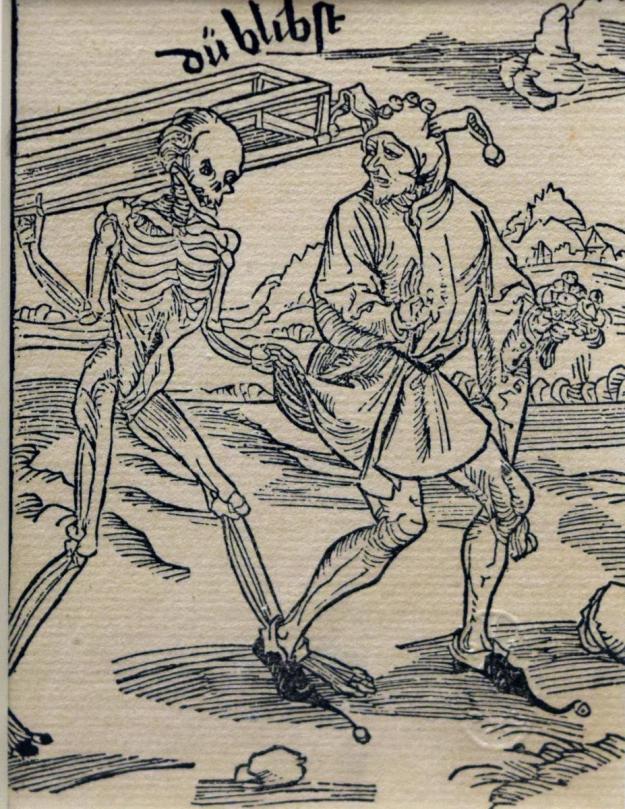- Reading Public Museum
Open 11a-5p DailyAdmission - Neag Planetarium
Show ScheduleAdmission - Arboretum
Open everyday from sunrise to sunset

Many credit a great part of the book’s success to its illustrations by a variety of artists including Dürer, and works attributed to two unknown artists: the Haintz-Nar-Master and the Gnad-Her-Master. Brandt’s book is a moralistic poem that describes 110 assorted follies and vices as undertaken by different fools. Each sin or vice in the book is accompanied by a finely detailed woodcut that gives either a literal or allegorical interpretation of that particular sin or vice. Chapters are devoted to such offenses as “Arrogance toward God,” “Marrying for Money,” and “Noise in Church.” Ship of Fools proved so popular that it went through multiple editions and was translated into Latin, French, English, Dutch, and Low German. Throughout the book, the fools are uniformly depicted with ass-eared hats, bells sewn onto their clothing, and in some cases carrying a bauble – a carved scepter commonly carried by jesters.
In this print, Death carries a coffin and pulls at the hem of the fool’s clothing, urging him to be responsible by planning and preparing for his death. The fool ignores his warnings by uttering the words “du bleibst (you stay).” The accompanying text reads, “Of folys that despyse deth makynge no provysion therfore.”